9 Simple and Easy Ways You Can Help Pollinators
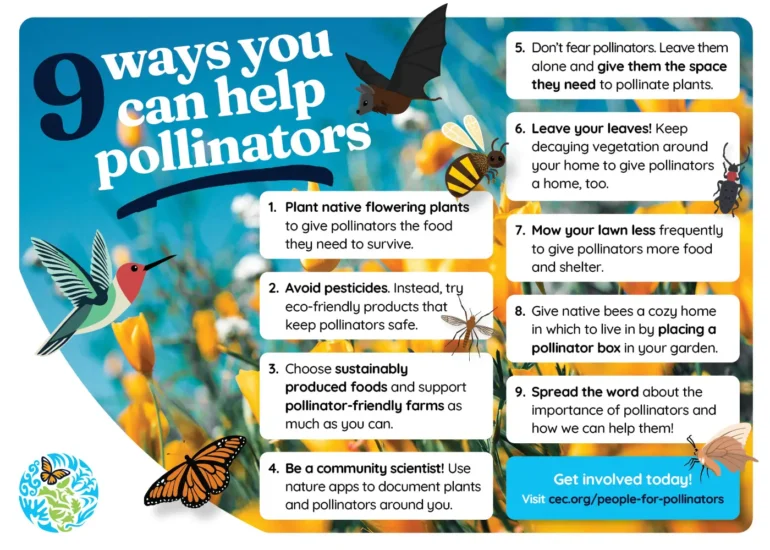
Pollinators are in trouble, and face many threats, including habitat loss, land degradation, and pesticide use.
Anyone – individuals, communities, governments, and the private sector – can play a role in protecting, restoring, and celebrating the pollinators that keep our planet healthy by pollinating the plants we depend on for our food.
Whether by planting a native pollinator garden or simply sharing your appreciation for pollinators, every action counts. Here are nine ways you can help pollinators and support conservation efforts.
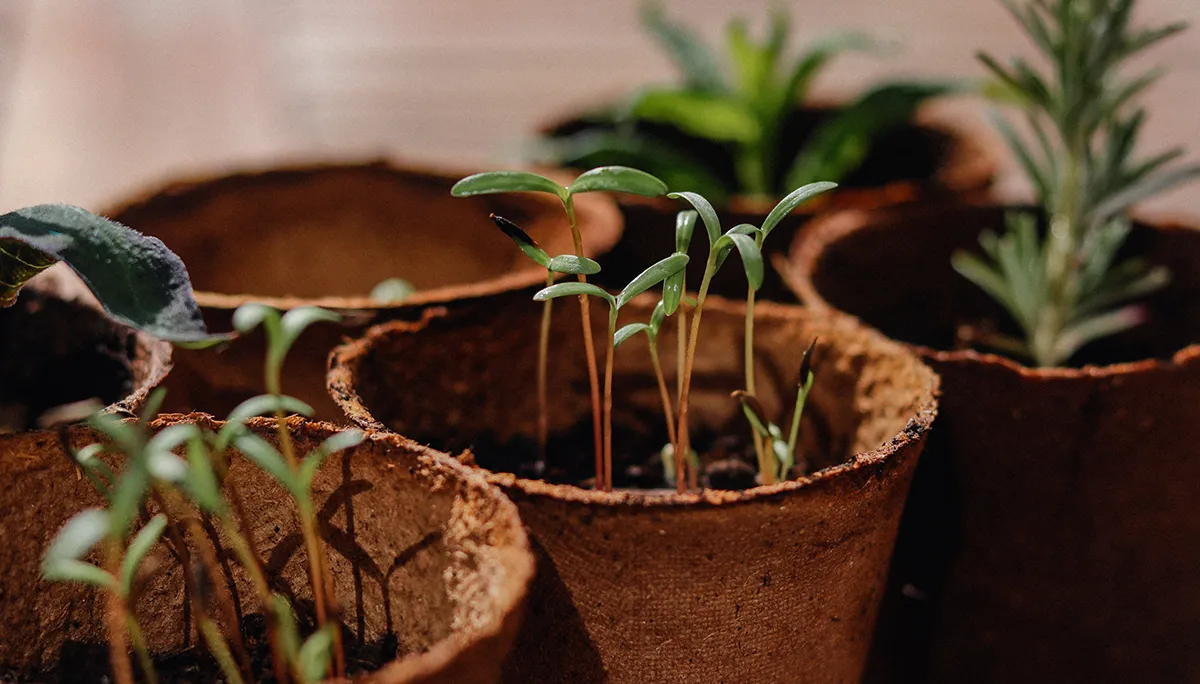
1. Garden for pollinators
Pollinators move from plant to plant to eat. Help feed pollinators by planting a variety of native flowering plants that bloom from spring through fall to give birds, bats, butterflies, bees, and other insects the food they need to survive throughout the year. If you don’t have a garden, use your windowsill or balcony—every plant counts! You can also feed pollinators by supporting the native plants already growing in your backyard. When gardening, remove invasive plants and be careful not to kill important pollinator plants typically mistaken for “weeds,” such as clover—if you see patches of flowers, that’s a good thing! Find out which plants are native to your local area here.
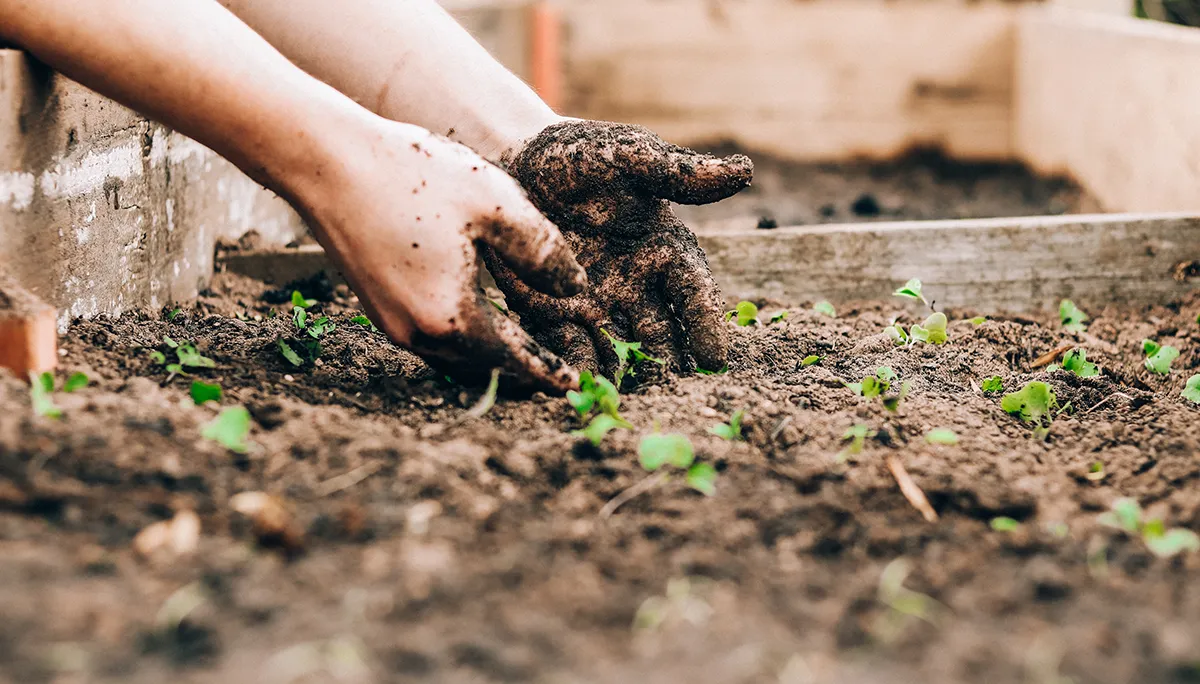
2. Avoid pesticides that harm pollinators and the plants they depend on
We depend on insect pollinators like bees, moths, and beetles to pollinate our garden flowers and fruit trees—without them, our gardens wouldn’t be healthy. Although it may be a convenient option, don’t use chemical pesticides—especially “weed killers” and insecticides like mosquito sprays. Try using organic deterrents instead. Learn more about what you should and shouldn’t use in your garden here.
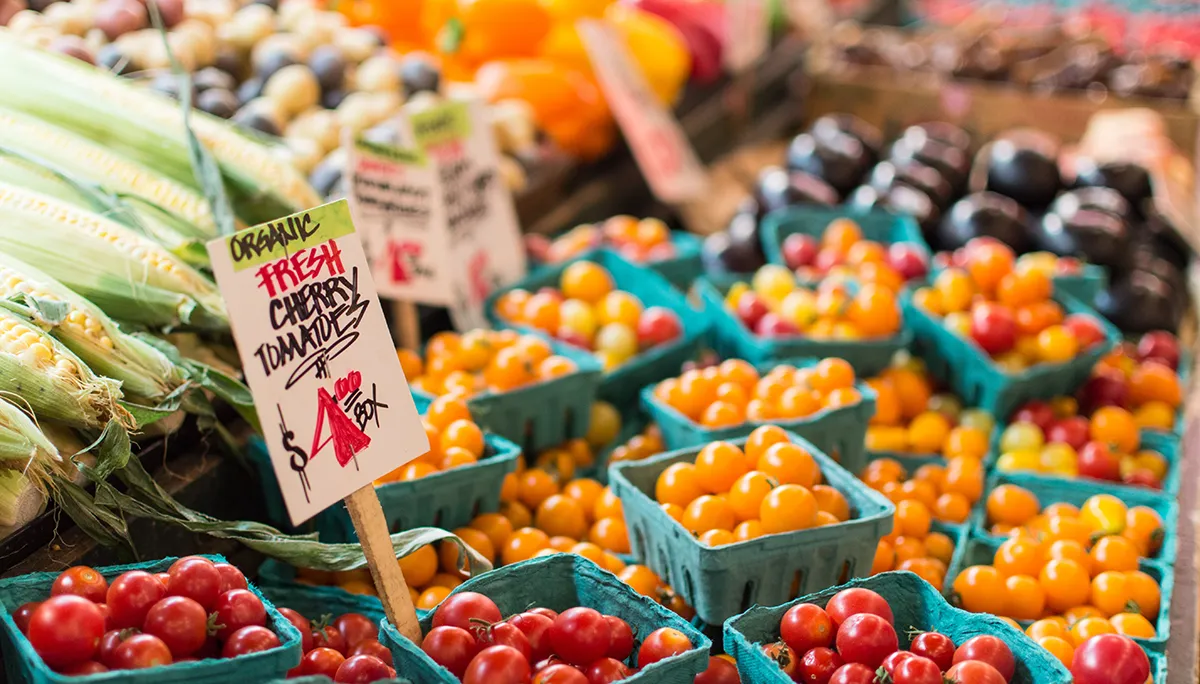
3. Choose sustainably produced food as much as you can
Sustainably produced foods lessen harm to the environment, reducing risks to pollinators by providing them with a healthier environment through crop rotations to maintain healthy soil, lower exposure to chemicals, and protection of native habitat. Whether you’re buying from small, pollinator-friendly farms through your local farmer’s market or shopping at a grocery store that offers pesticide-free food options, support the farmers that are keeping our pollinators safe. Even better, if you’re willing to get your hands dirty, try growing your own food!
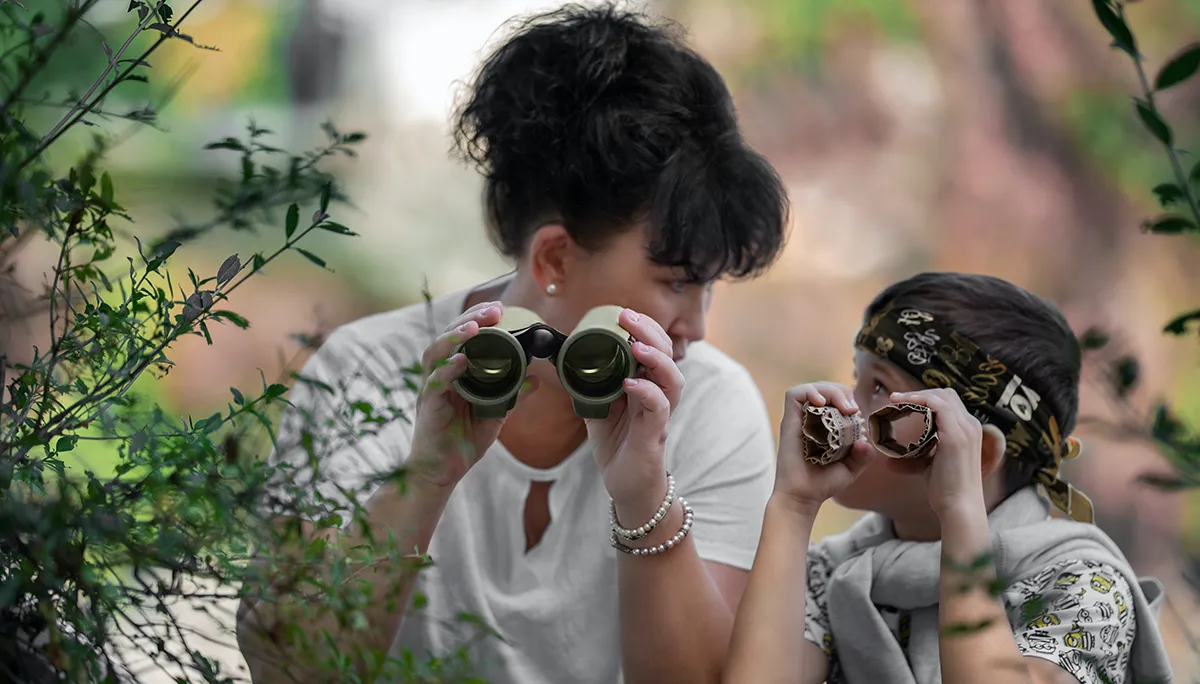
4. Participate in community science by observing pollinators in your everyday life
Take a minute outside wherever you are—whether in your own backyard or at a park—and observe the little signs of life all around you. Chances are you’ll see one of these beautiful and fascinating creatures are all around us—a pollinator. Documenting plant and pollinator species in our habitats can help collect valuable data on threatened pollinators and further our understanding of how to help them. To get started, download nature apps like iNaturalist or eButterfly, which empower people of all ages to learn about North America’s essential pollinators and record their research simply by snapping a photo. You can also find a local nature-watching group to collect data together in outdoor spaces nearby!
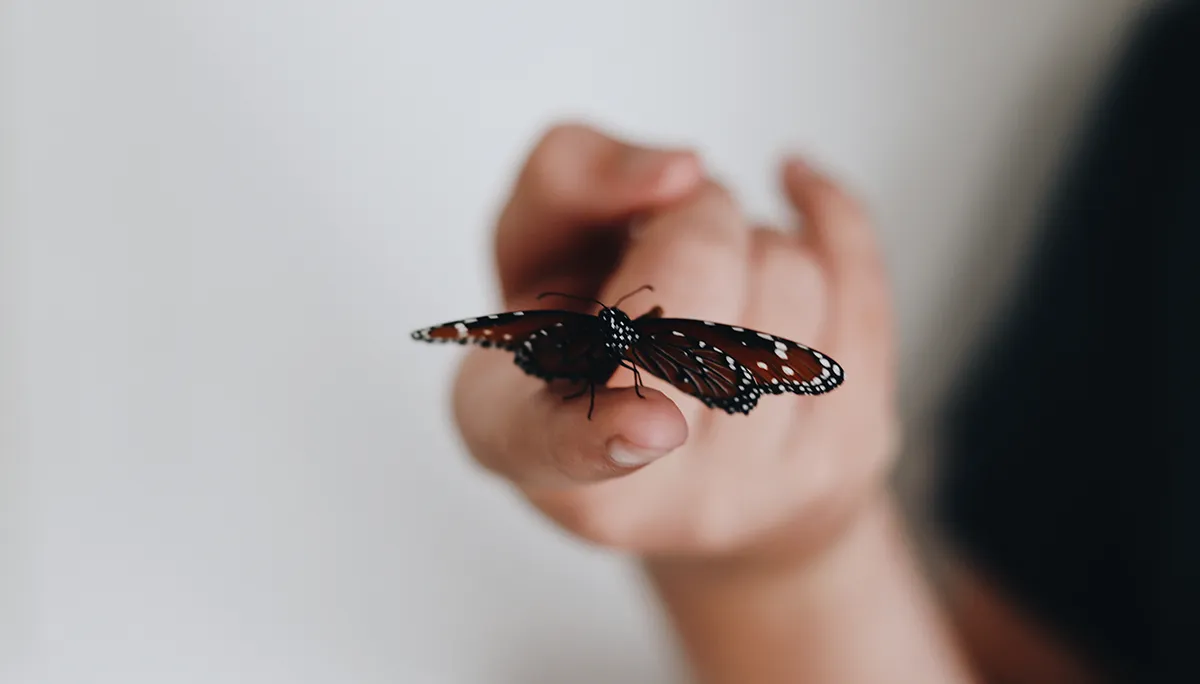
5. Don’t fear pollinators, let them be
While it’s not ideal to have a pesky bee disturb your summer picnic, think twice before shooing and swatting these insects away—we need them! If you encounter native pollinators in your garden and are worried about being stung, remain calm, move slowly, and give them the space they need to pollinate, staying at least 10 feet from their nests. Most bees only sting if you pinch or step on them, so watch your step! Learn more safety tips and how you can reduce your insect anxiety here.
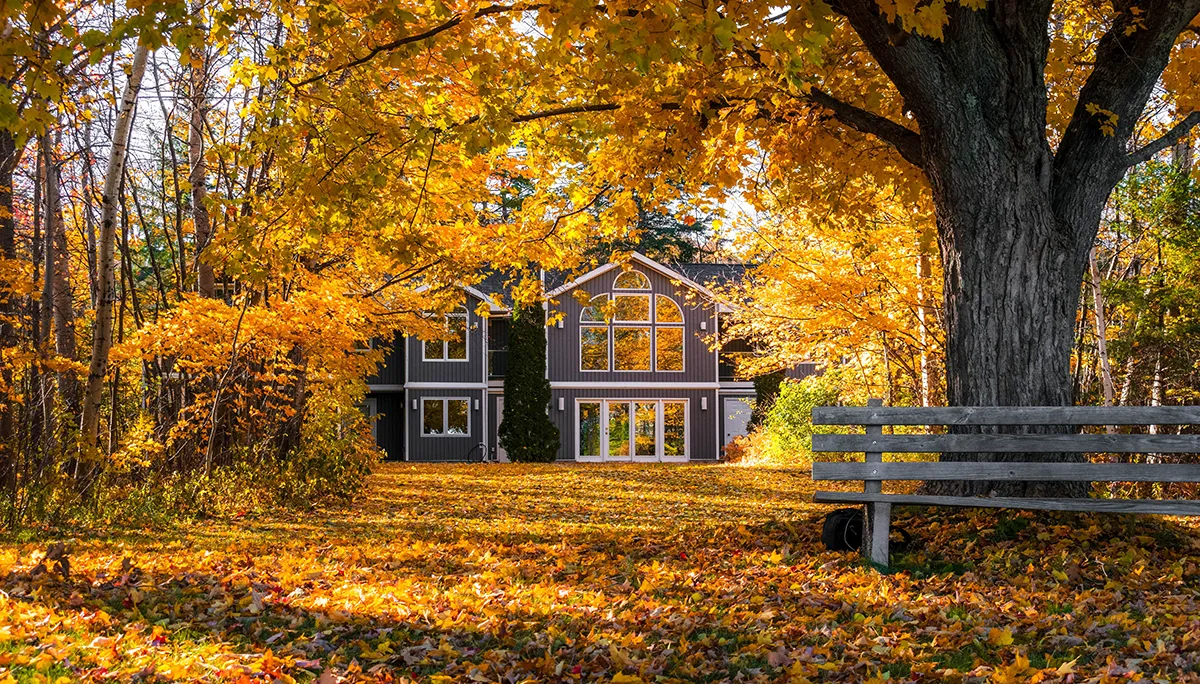
6. Reduce some seasonal chores and “leave the leaves”
Many pollinators rely on leaves and other decaying vegetation for survival, especially in the cold winter months. Rather than raking and bagging leaves and pulling plant stalks and other shrubbery at the end of the growth season, leave a bit of nature in your gardens and lawns so pollinators have a place to call home.
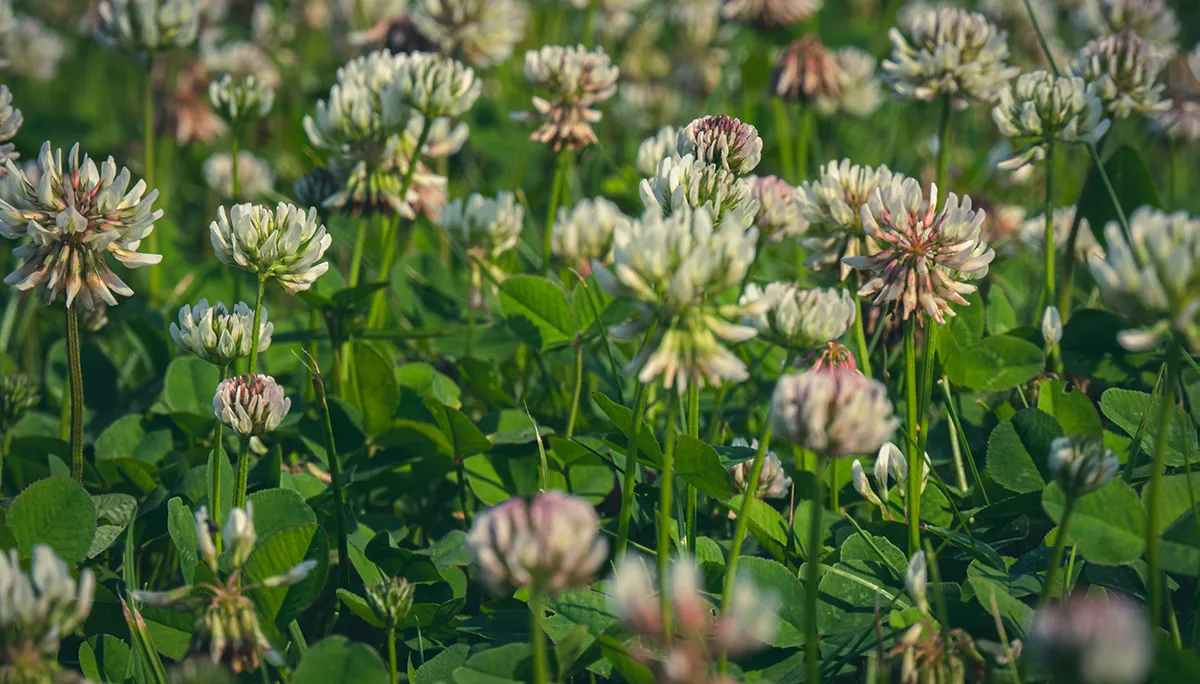
7. Mow your lawn less frequently or not at all
The perfect, tidy lawn is out! For pollinators, a manicured lawn is a destroyed wasteland with zero food or habitat. In fact, researchers found that a small change like mowing a lawn biweekly instead of weekly raises the presence of bees by almost thirty percent! To keep these crucial creatures thriving, try cutting your grass less or even replacing parts of your lawn with native plants and flowers. Pollinators will thank you for each natural patch of lawn!
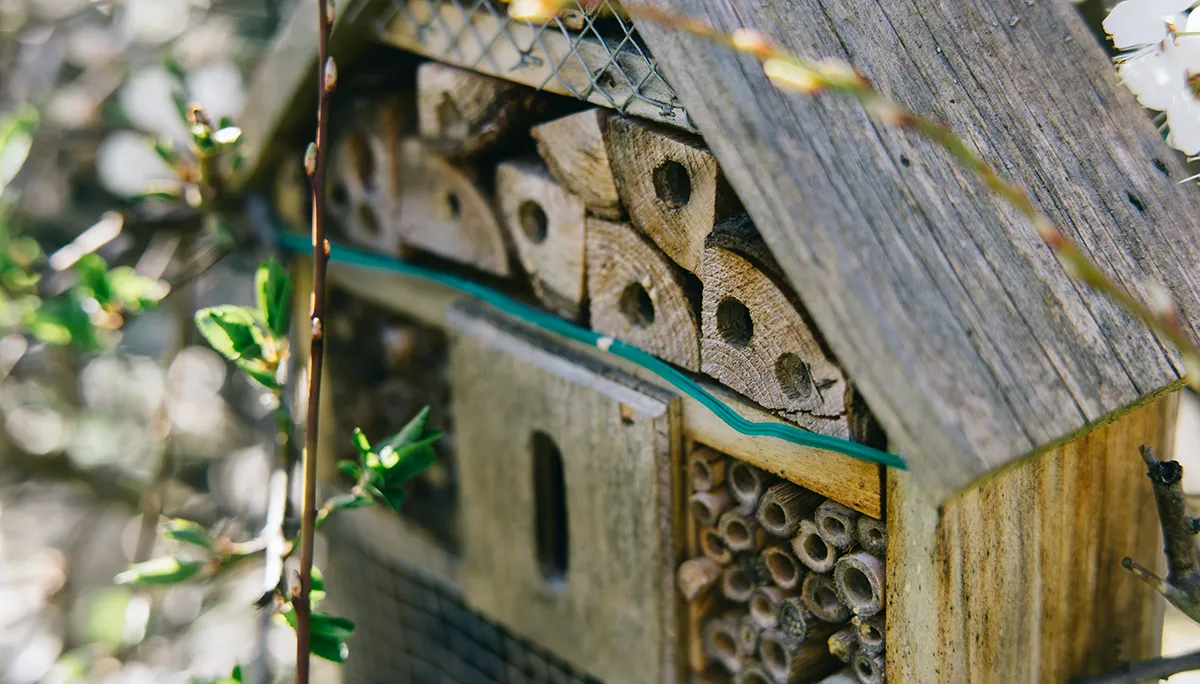
8. Give native bees a home by building or providing a pollinator box
Take a walk around your garden, and you will notice pollinators in more places than you may expect. There are about 4,000 bee species native to North America, and most live solitary lives and don’t have hives. With pollinators in decline due to habitat loss and other threats, placing a pollinator house in your garden can help solitary nesters by providing them a cozy home to live in and raise their young during the winter. You can buy a pollinator box at a store nearby or learn how to build your own pollinator house that is safe for native bees here.

9. Discover all the reasons to be in awe of pollinators and spread the word to your family and friends on how we can best protect them
Pollinators like native bees, butterflies, birds, bats and others are hard at work providing vital but often unnoticed services. The greatest threat to them is the lack of awareness on how important they are to life on Earth. Help educate others about the importance of these overlooked heroes and promote actions—from pollinator-friendly gardening to simply posting a picture of a pollinator in your backyard on social media—that will protect pollinators, enhance their habitats, and improve their abundance and diversity.









